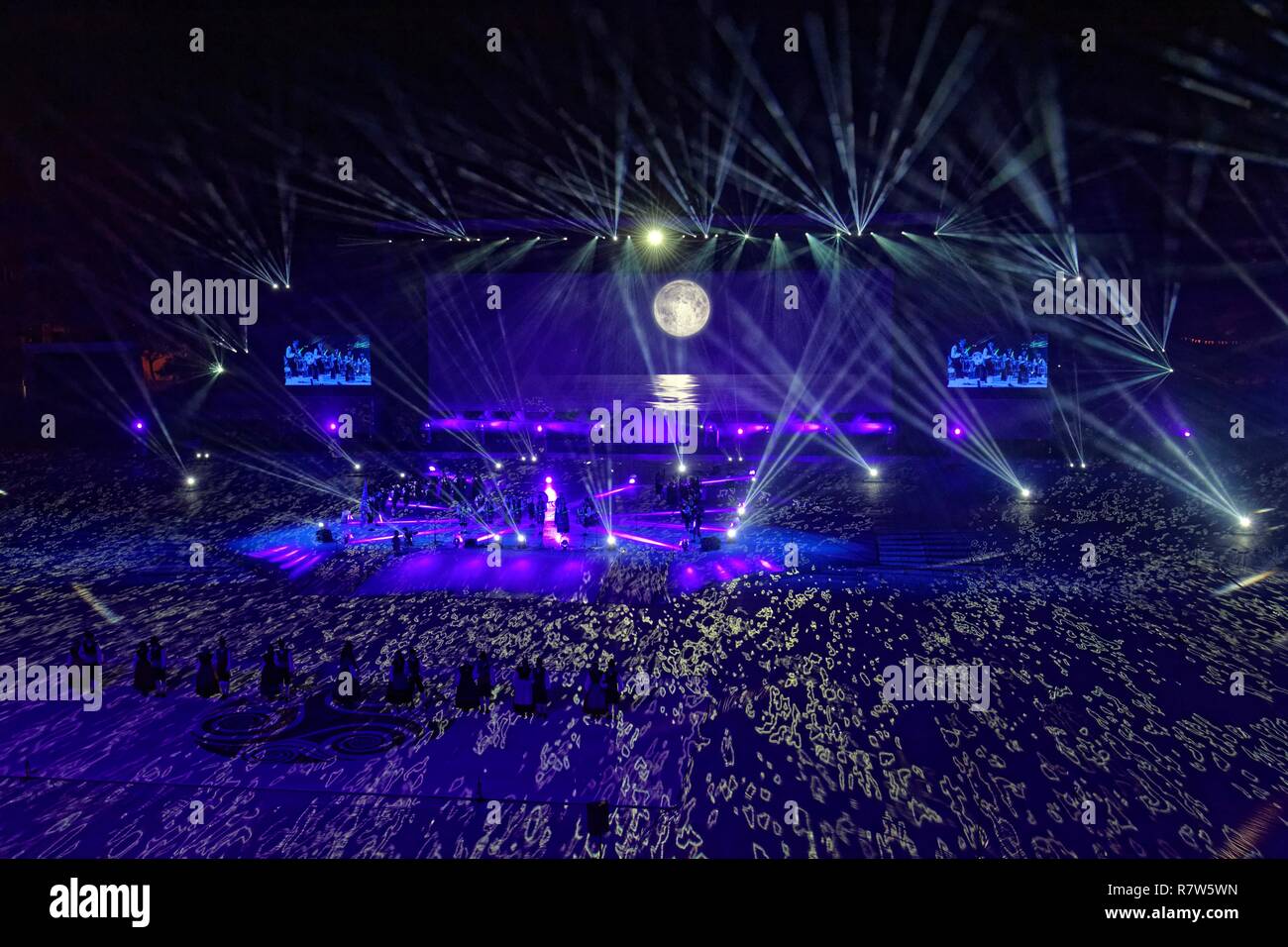
Nowadays, folk bands are still singing the song of the ‘common people’, but fully-amplified as well as acoustic and covering all styles of folk music – from traditional to modern, from Irish and Scottish, to English and American.Ī folk band can be made up of several members, anything from 3–5 musicians, playing a variety of instruments, from guitar, banjo and mandolin to fiddle, drums, accordion and whistles. The modern notion of folk music came about in the 1960s, reflecting social changes at the time, with acoustic instruments and profoundly evocative lyrics. Often performed as part of local customs or to commemorate events, traditional folk music has been orally passed down through the generations. See also FOLK MUSIC, ANGLO-CANADIAN FOLK MUSIC, FRANCO-CANADIAN.Arising from working communities, traditional folk music tells of a bygone culture and history. Whatever the form, music remains for Celts a distinctive and treasured part of their cultural heritage. Local dance groups stimulate and perpetuate music essential to their art. Celtic influences on popular music have become particularly strong, with artists and groups such as Ashley MACISAAC, Natalie MacMaster, Loreena MCKENNITT, Leahy, The Barra MacNeils, The RANKINS, and others receiving national and international acclaim. WELSH, IRISH and Breton tunes can be heard in choral, orchestral, solo and folk-group renditions in many parts of the country today. This is not to say that other Celts neglected their traditional music. Their piping and fiddling remained strong, too. Highland SCOTS, in particular, for generations continued to sing the songs of their forebears, to which they added their own compositions reflecting their fortunes in the New World. In Canada the preservation and development of authentic Celtic music has occurred wherever Celtic languages have been retained. In both countries, as in Canada, the fiddle has experienced phenomenal popularity during the past 2 decades. Ireland, too, has a strong fiddle tradition. Scores of folk tunes were adapted as dance music and transmitted in writing, not orally as with other forms of folk culture. Although well known in Scotland prior to 1680, it was enhanced and enriched by the great upsurge of dancing in the 19th century. The fiddle tradition is a more recent development.

The war-pipes and small pipes of Scotland, the Uilleanann pipes of Ireland, and the biniou, a smaller instrument played in Brittany only in accompaniment with the bombard, all had their own music, and all are still very much part of the music in their respective areas. The bagpipe has a long history in Celtic society. Harpers disdained the adaptations of their music to the pipes at that time, and later to the fiddle which they regarded as an inferior instrument. It was the instrument which incited Highlanders to battle until it ceded that role to the bagpipe after the Battle of Harlaw in 1411.

The harp was used both for accompaniment and as a solo instrument. Harpers, many of them blind, flourished in Ireland, Wales and Scotland until the 18th century, when political, religious and social changes threatened the extinction of their language and their culture. The principal instruments identified with Celtic music are the harp, the bagpipe and the fiddle.

To avoid monotony, folk singers exercise their creative instincts through the use of melodic and ornamental variants. It is this gapped scale system that distinguishes the music of the Celts from the more widely used major-minor system. The 5-scale note forms the basis of the 6-note (hexatonic) and 7-note (heptatonic) scales respectively. All of them have emphasized the importance of folk music as the prime medium through which the musical style of a nation can develop as a distinctive art form.Ĭeltic folk song is for the most part pentatonic in origin. During the last 2 centuries, collectors and musicologists have retrieved, edited and analysed an impressive corpus of Irish, Scottish, Welsh, Breton, Manx and Cornish folk-songs. Celtic music, in Canada as elsewhere, is derivative of a genre whose antecedents are rooted in Continental and Insular CELTIC LANGUAGES.

Celtic music references in ancient sagas, medieval texts, even in the works of Dante and Shakespeare, all attest the importance of music, both vocal and instrumental, in Celtic realms.


 0 kommentar(er)
0 kommentar(er)
